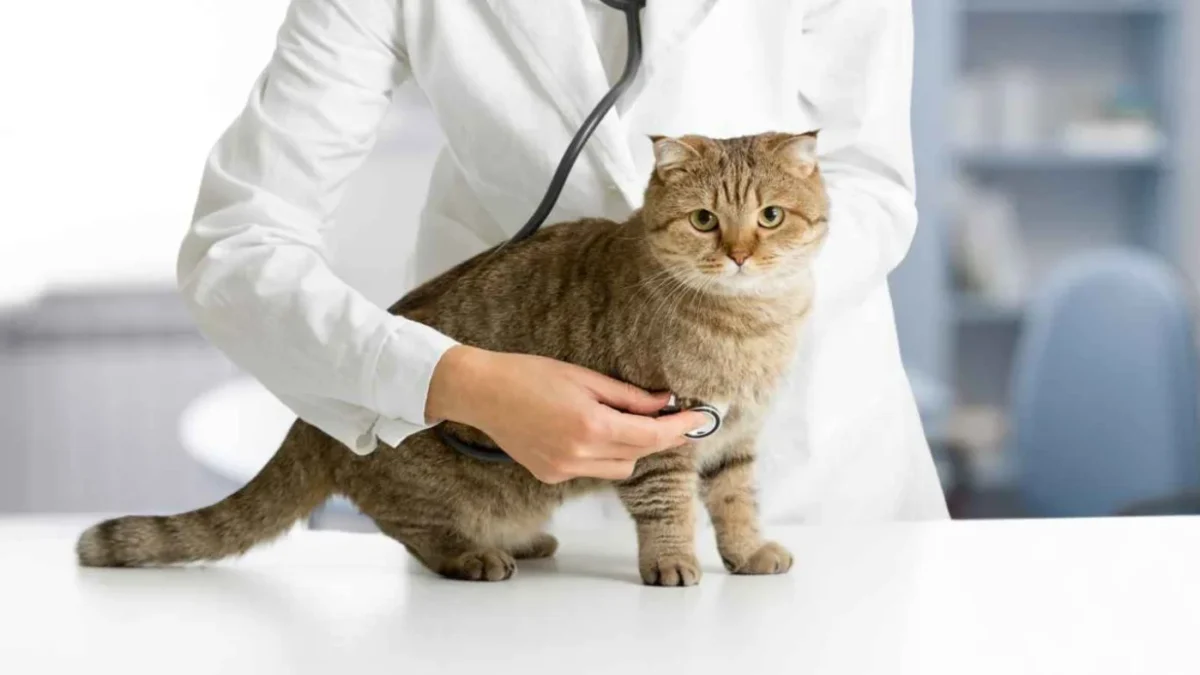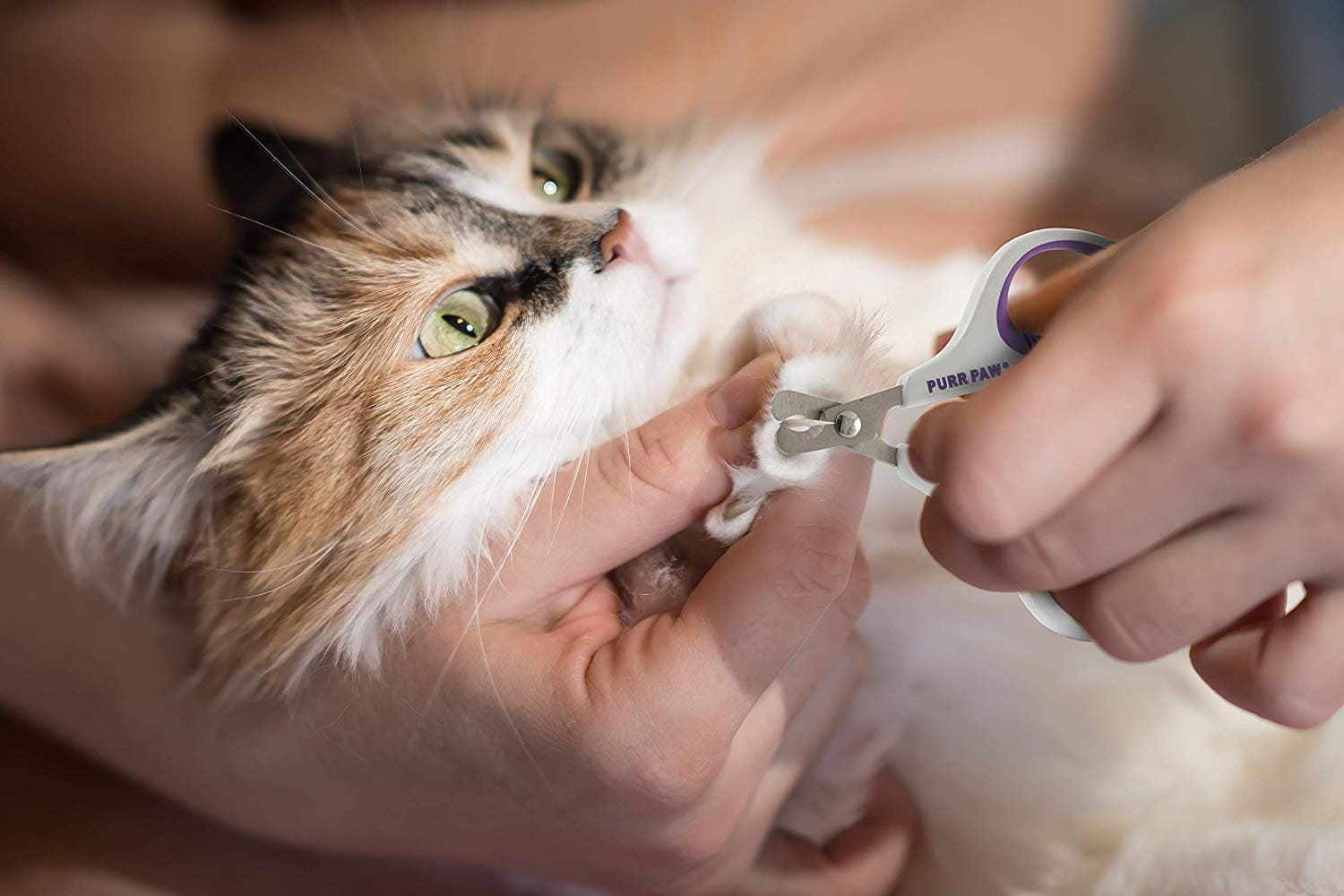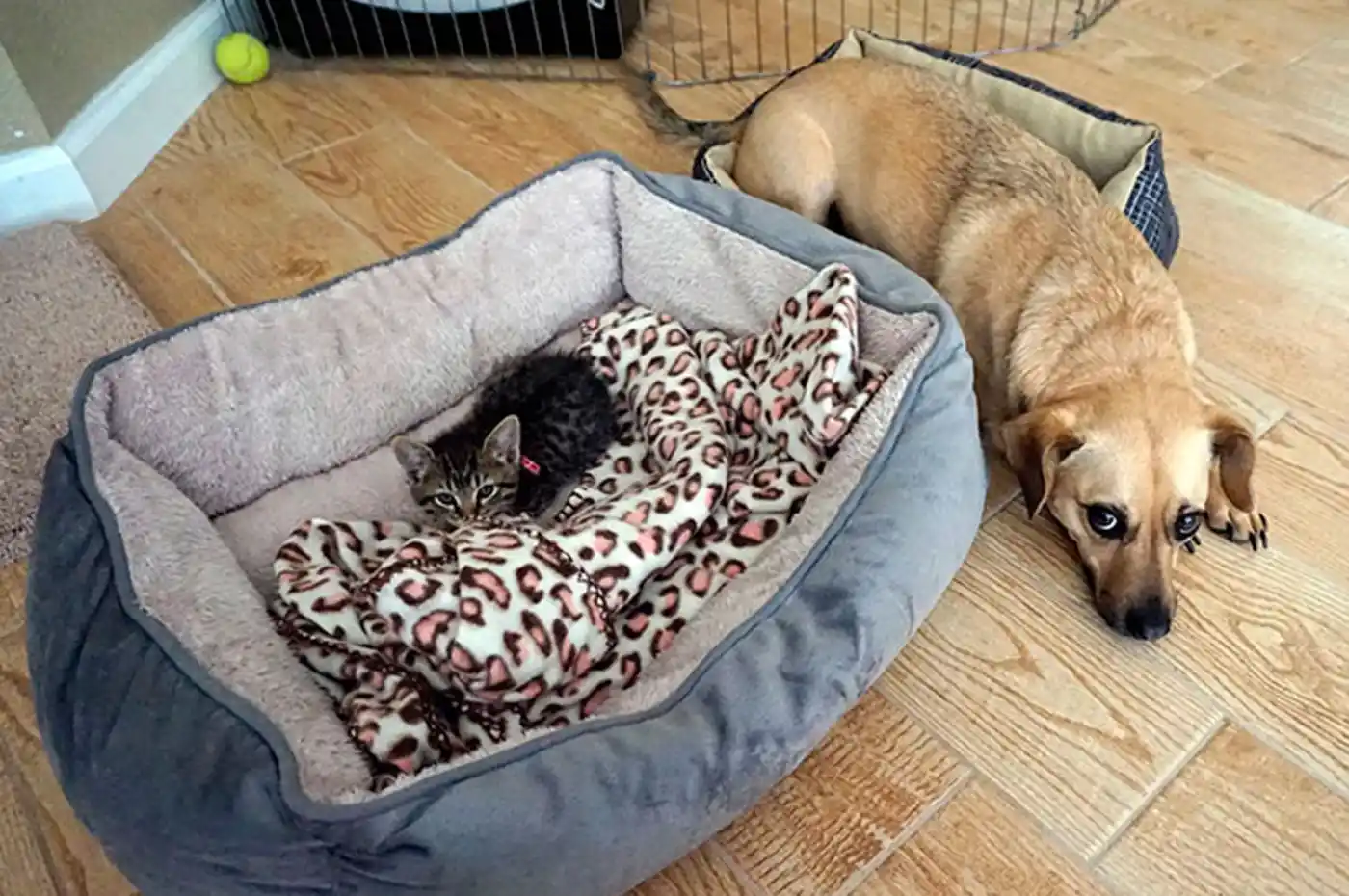Deciding when to euthanize a cat with hyperthyroidism is a tough decision. A common endocrine disorder impacting kitties, hyperthyroidism, sprouts from benign abnormal thyroid tissue growth that overproduces thyroid hormone. Despite how it sounds, hyperthyroidism shouldn’t be perceived as a death warrant for your furry friend. Many cats battling hyperthyroidism can anticipate leading a thriving life for an additional five years or more with the right treatment. Unfortunately, not all cats are as lucky, as some develop new health issues or continue battling existing ones. Hence, vigilantly observing your cat’s quality of life is crucial to recognize when to euthanize a cat with hyperthyroidism or seek heightened veterinary intervention.
Projected Lifespan That Identifies When to Euthanize a Cat with Hyperthyroidism
The lifespan of a cat post-hyperthyroidism diagnosis is contingent on numerous variables. One research demonstrated cats administered methimazole, followed by radioactive iodine (I-131) treatment, usually live an additional 5.3 years, a remarkable achievement considering most cats are around 12-13 years old at diagnosis.
Also discover: Hepatic royal canin cat
The Effective Treatments
The reason behind cats living a content and extended life after a hyperthyroidism diagnosis is the availability of multiple effective treatments:
- Anti-thyroid medications: Methimazole hinders the thyroid hormone production. The correct dose usually brings a cat’s thyroid hormone levels back to normal. The drug, which is for oral administration, can also be re-formulated into a gel that can be applied to a cat’s ears, which many owners find easier than administering daily pills.
- Low-iodine cat food: As cats require iodine to produce thyroid hormones, offering them a veterinary-prescribed low-iodine diet becomes an easy way to manage hyperthyroidism.
- I-131 therapy: Radioactive iodine (I-131), administered through injection, kills off abnormal thyroid tissue. This therapy can render a cat hyperthyroidism-free. Post-treatment, your cat will spend few days in a hospital, where you’ll receive detailed instructions on their at-home recovery management like safely handling their litter and litter box.
Previously, removing abnormal thyroid tissue surgically was a preferred hyperthyroidism treatment. However, because of its superior safety and efficacy, I-131 therapy has become the go-to option.
Understanding When to Euthanize a Cat with Hyperthyroidism
Hyperthyroidism treatments typically prove very efficient, even if initiated quite late in the disease’s progression. Therefore, it’s crucial to consider the numerous effective treatment alternatives before contemplating euthanizing a cat with hyperthyroidism.
Some methods, such as I-131 therapy, can be pricey. However, they often provide a complete cure for hyperthyroidism, eliminating the continual expenses associated with special dietary food or medicines. There are also affordable alternatives, like generic methimazole, available via prescription for just pennies per pill.
The Severe Health Condition
The decision to euthanize a cat with hyperthyroidism may be influenced by the development of other severe health conditions later in life, such as kidney disease or cancer. Some indicators depicting a decline in your cat’s quality of life may include:
- Persistent problems with eating, drinking, urination, defecation, or mobility.
- Abnormality in interaction with family members or discontinuation of activities they previously enjoyed.
- More bad days than good.
In case of worries concerning your cat’s health or well-being, don’t hesitate to consult your veterinarian. They can elaborate on the right treatment options based on your cat’s specific case. However, if your cat’s suffering is beyond relief and further treatment is not feasible, they can guide you through the decision-making process on when to euthanize a cat with hyperthyroidism.
Pondering Over When to Euthanize a Cat with Hyperthyroidism
If you find yourself grappling with the question of when to euthanize a cat with hyperthyroidism, it’s likely because there’s a lovable feline at home you fear may be in distress. This decision should be a consultation between you and your vet, as no one else has a comprehensive understanding of your cat’s specific situation.
However, if it seems like your cat is enduring more bad days than good, it might be time to part ways with your cherished pet. If the concept of determining good days versus bad is unfamiliar territory, consider utilizing a calendar to keep track. A calendar can vividly outline the number of struggling days your cat has, giving you a clear picture of their present condition. Ultimately, this decision rests within a meaningful dialogue with your veterinarian, so we advocate you engage in an in-depth conversation with them.
Final Observations
Hyperthyroidism is an illness with the potential to profoundly affect a cat’s quality of life if not properly managed. For any reason, if this disease can’t be controlled, it could result in the cat’s suffering. This unfortunate reality necessitates the heartbreaking decision for some pet owners to bid their furry companion goodbye. Do reach out to your vet for advice if you believe your cat with hyperthyroidism is battling a strenuous struggle against the disease. Their guidance will be instrumental when understanding when to euthanize a cat with hyperthyroidism.
Recognizing Signs to Know When to Euthanize a Cat with Hyperthyroidism

Should your pet exhibit peculiar behavior, seem unwell, or display other unusual symptoms, an immediate trip to the nearest vet clinic is in order. These foregoing warning signs could imply that your cat may be nearing its end due to thyroid disease.
Unexplained Weight Loss
Sudden weight loss is a prevalent symptom of hyperthyroidism. The cause is the thyroid hormone accelerating your cat’s metabolism, leading to weight loss, even if their food consumption has increased. The cat’s weight reduction typically occurs progressively. It often shows up as loss of muscle mass particularly around the spine in the early phases. A cat approaching the end due to hyperthyroidism may show severe muscle atrophy, emaciation, and extreme thinness over time if not adequately treated.
Escalated Hunger and Thirst
The surge in body metabolism due to the thyroid hormone can lead to a significant increase in your cat’s thirst and food intake as its body attempts to compensate for the expended energy. Some cats might double their meal intake and continuously beg for food owing to the escalated hunger. Hyperthyroid cats consume more to compensate for their boosted metabolic rate, demanding increased caloric intake.
Diarrhea
Increased defecation and urination are symptoms frequently seen in late-stage hyperthyroidism. As the thyroid hormone speeds up the digestive process in cats, they may experience diarrhea—even when their food intake is minimal. Soft or loose stools and diarrhea occur in approximately a third of all hyperthyroid cats. Some felines may defecate large, bulky stools. Accelerated gastrointestinal transit would lead to increased defecation, soft stools, and diarrhea.
Vomiting
Vomiting is another symptom linked with hyperthyroidism since the thyroid hormone can quicken stomach emptying, even if your cat’s food intake is low. Detecting and addressing this symptom early can help extend the lifespan of a cat with hyperthyroidism. Vomiting can result from the direct influence of thyroid hormones on the brain’s chemoreceptor trigger zone. It could also occur due to gastric stasis, which is a delay in stomach emptying.
Hyperactive Behavior
Accelerated metabolism due to the thyroid hormone can manifest as hyperactivity, causing your cat to display unusual amounts of energy, even if it’s not a breed known for such behavior. Hyperthyroid cats are prone to excess activity, often seen as restlessness or jitteriness. In severe hyperthyroidism, muscle tremors or spasms may also be evident, often visible in the anxious or agitated facial expressions of your cat.
Finally, knowing when to euthanize a cat with hyperthyroidism involves keeping a tab on your pet’s quality of life, especially important as they advance in age. Regularly utilizing a pet quality of life scale assessment can help in identifying deteriorating health sooner than it visibly shows. If your furry companion is manifesting the above-mentioned symptoms and seems to struggle daily, the most compassionate course may be to let them go.













